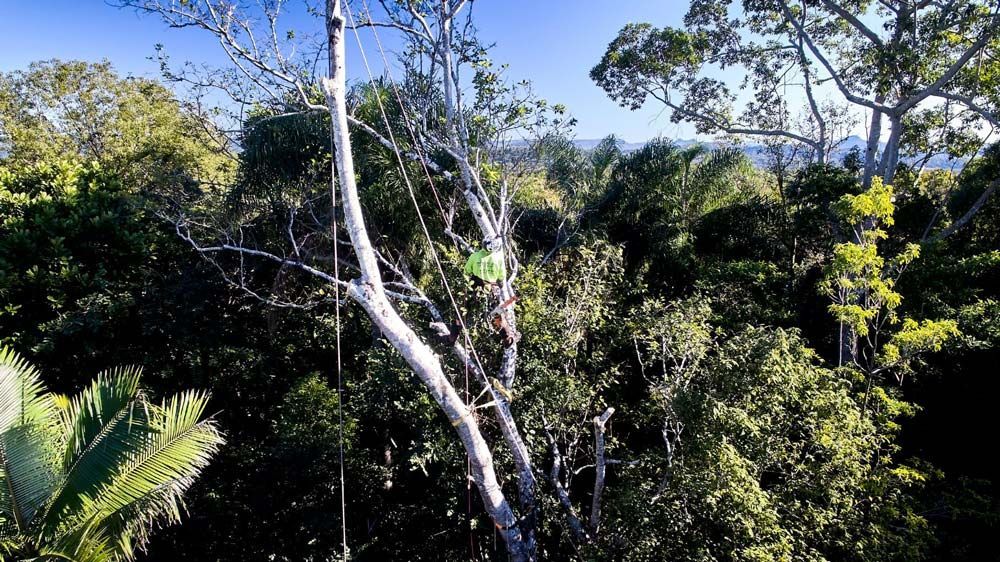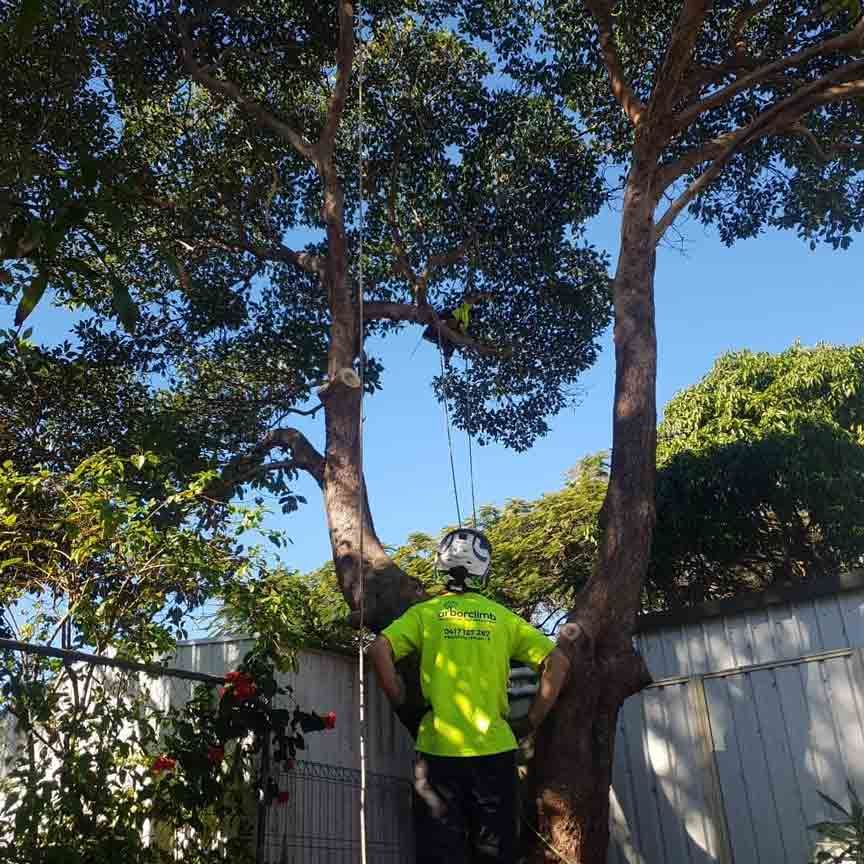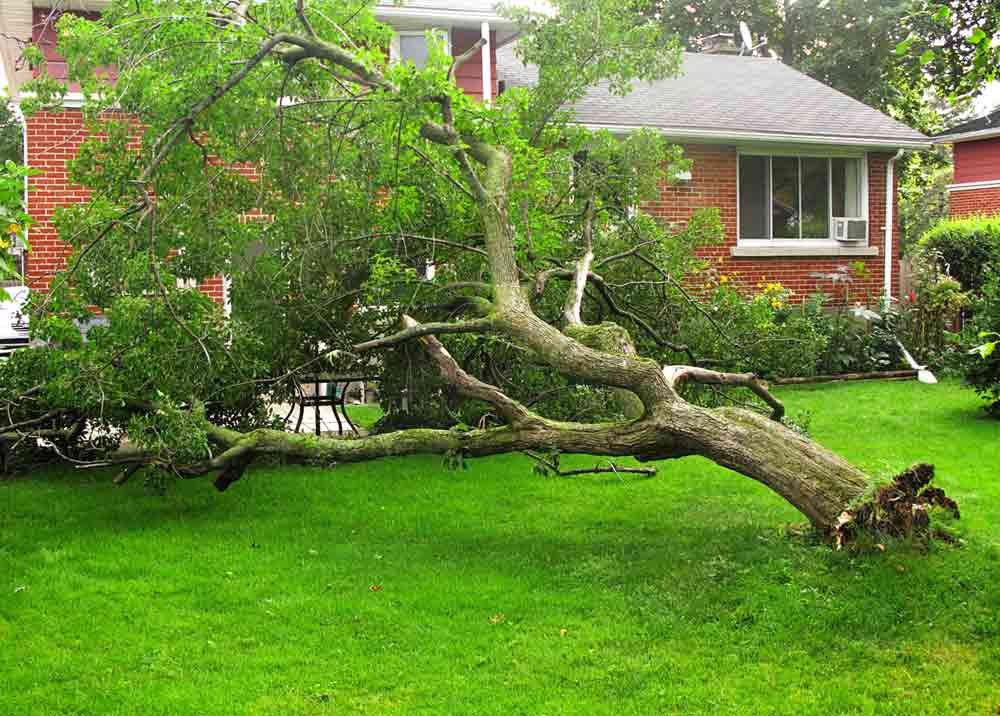Trees & Shrubs With Non-invasive Roots in Australia
Whilst some trees can be a real asset to your outdoor space, others can become a nightmare to manage. There is even official guidance on trees that cause the most problems so that homeowners can avoid them! Read on to discover why trees with invasive roots are such a problem, which trees to avoid, and our top choices of trees and shrubs with non-invasive roots Australia arborists recommend, as they provide a winning fusion of good looks, straightforward maintenance and non-invasive roots.
Why are invasive roots a problem?
If left unchecked, the tree roots of some species can grow many metres long and penetrate deep into the soil. Depending on the tree’s location, this can lead to:
– Property destruction, as the roots can destabilise buildings.
– Disruption to drainage networks, when roots penetrate through cracks or weaknesses in pipes and obscure them.
– Roots may make it difficult for the ground around a tree to be cultivated, significantly reducing the possibilities for land use in your yard.
– If you ever want to have the tree removed, the root network will be difficult to get rid of.
– The roots may emigrate to your neighbours’ properties, potentially damaging them.
Small root systems
When we’re selecting plants with non-invasive roots, the best types to look for have shallow root systems. This means that the plant has a series of broad and fine roots that spread out in search of water and nutrients. Some plants with shallow root systems are not as drought-resistant as others, so it is important to consider the location of your tree and how frequently you will be watering it.
Five great tree options that have non-invasive roots
- Crepe Myrtle
- Serviceberry
- Japanese Maple
- Eastern Rosebud
- Callery Pear
These trees are all well-known for their beauty, as well as species that have non-invasive roots.
Crepe Myrtle

Benefiting from stunning lilac and vibrant blossoms, Crepe Myrtle typically grows to around six to eight metres tall, providing plenty of shade and privacy if required. It is easy to take care of and may live as long as half a century.
Native to eastern Asia, these trees are suitable for most environments in Australia. They are resistant to powdery mildew, a fungal disease very common in some trees and plants and difficult to get rid of.
The overall shape of the tree is a vase shape, and some hybrids are available which require less pruning , with a variety of spreads and heights which can suit most backyards.
Serviceberry
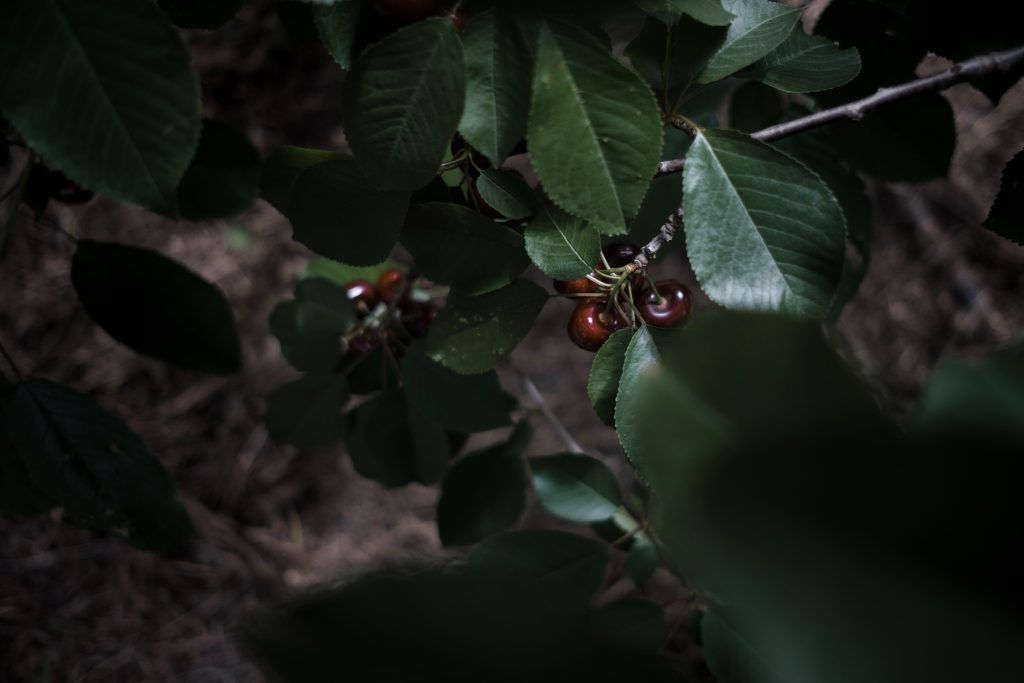
Not only do Serviceberry trees produce stunning, white blossoms each year, they also produce edible fruit! An average Serviceberry tree will grow to around seven metres tall, although it can be pruned if you prefer a lower, wider spread of branches.
Serviceberry trees are early pollinators producing flowers in early spring, so are popular with bees. Serviceberry trees are attractive in any garden as they are changeable in colour throughout the season. Flowers are white and very abundant in spring, red berries in summer and red foliage in Autumn.
Japanese Maple
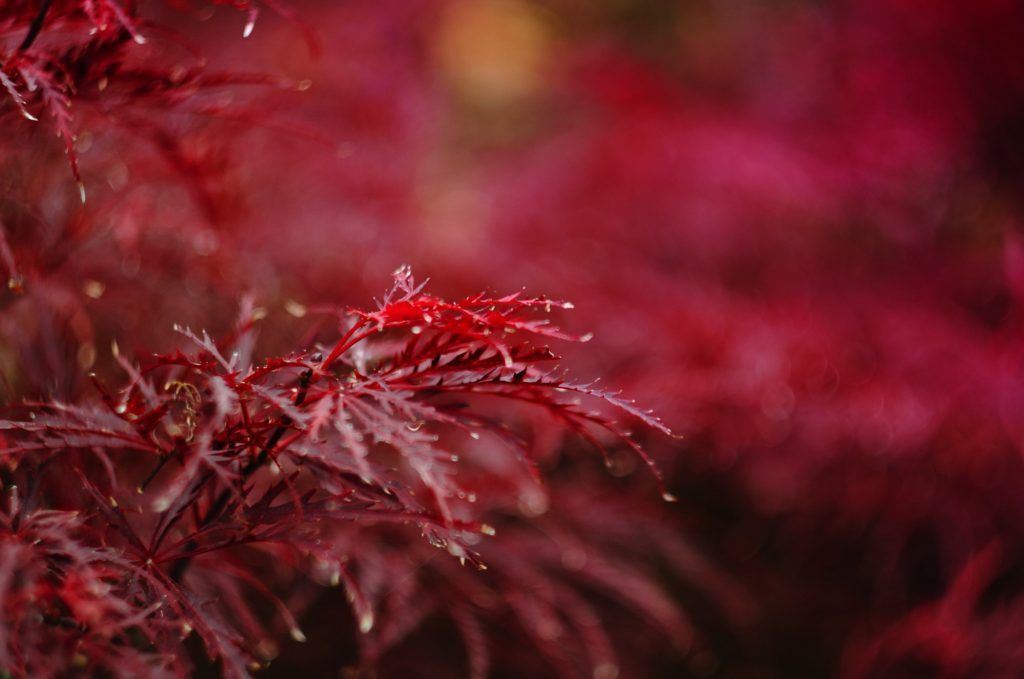
Available in several varieties, the Japanese Maple benefits from stunning leaves, that will change colour during the colder season. Whilst some types of Japanese Maple can grow to be several metres tall, you can also purchase smaller varieties that grow only a few feet. With care, this tree may live for a century or more.
Japanese Maple grows faster as young trees, and slow down as they mature. The colour of the leaves can vary depending on the climate where they are located. Autumn and spring are the best times for planting. In Autumn, the Japanese Maple is dormant and may adapt more quickly to being transplanted.
Eastern Redbud
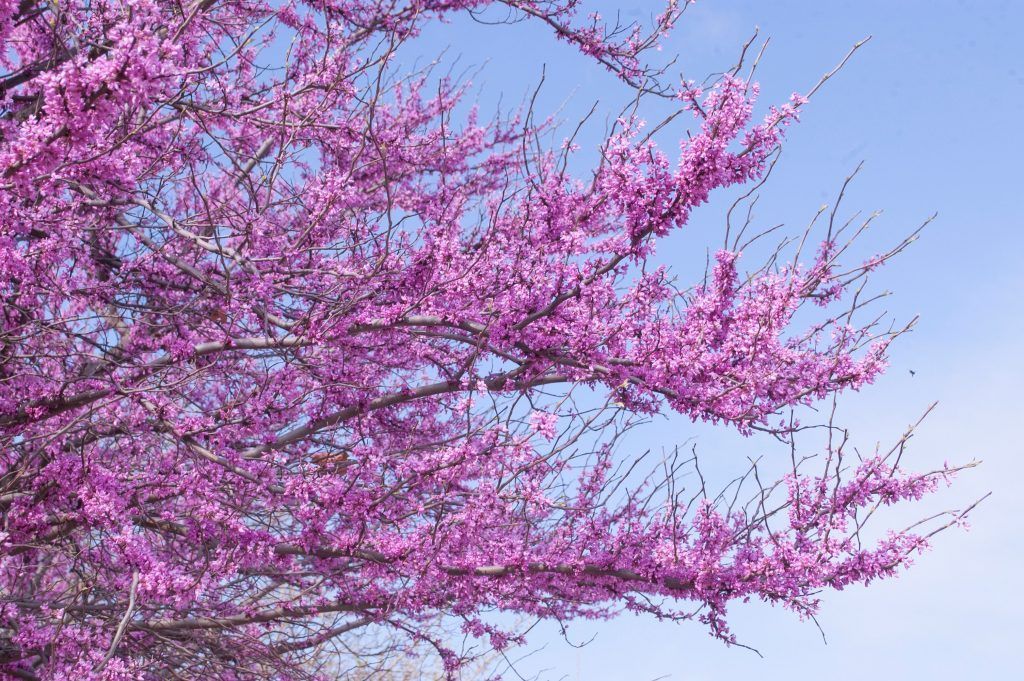
A straightforward tree to grow, Redbuds require minimum maintenance. Different varieties have different coloured blossoms, enabling gardeners to pick a tree that complements their outdoor colour palette.
The Eastern Redbud has lovely heart-shaped leaves and may have multiple trunks with a distinctive growth pattern. An abundance of rose-coloured blossoms appears in late winter to early spring, starting with a deep redbud and blooming into deep pink flowers.
Callery Pear
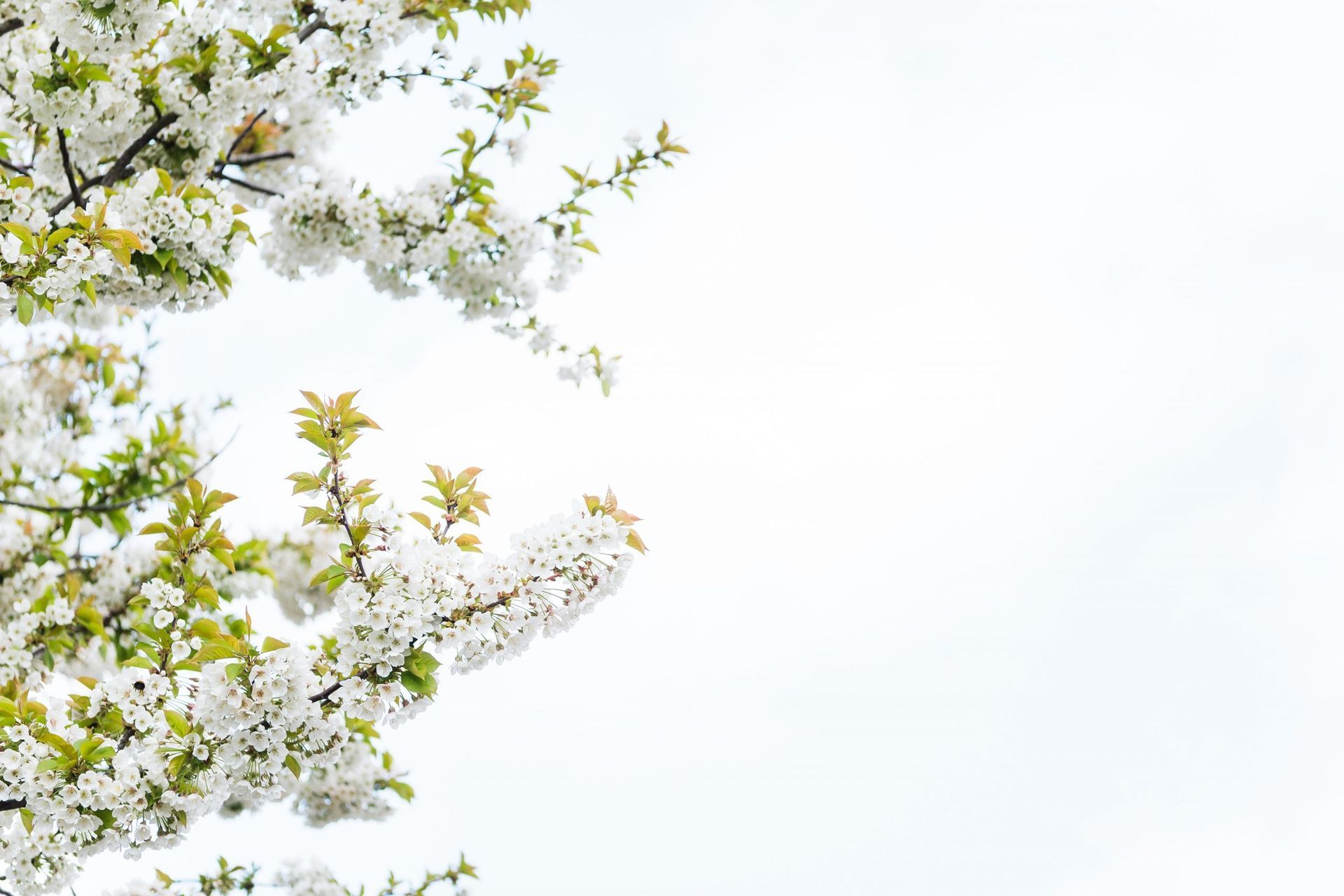
Stunning white blossom and a graceful silhouette are just two of the advantages that Callery Pear owners can enjoy. Note that the fruit of the Callery Pear is inedible.
Callery Pear is an Asian native originating in Vietnam and China. It is deciduous with white, five-petaled flowers produced abundantly in early spring. The foliage is deep lush green when not in flower. Although not edible for humans, the fruit is edible to birds.
Evergreen Trees
It’s important to note that the trees listed above are deciduous. This is desirable to some gardeners as the tree is constantly changing with the seasons. Should you prefer a more evergreen appearance, you could consider Native Frangipani, Illawarra Flame Tree, Olive tree, Paulownia or the Australian Willow which all have shallow root systems.
Non Invasive Shrubs
There is also the option of using shrubs with shallow roots for screening or adding to a garden where height is not desirable. Some popular shallow-rooted shrubs include:
Azalea shrubs
Native to Australia, Azaleas are popular in gardens as they are very attractive with beautiful flowers and bright spring blooms. They are prone to damage from wind, so location is important. Azalea bushes also require frequent watering.
Boxwood shrubs
Formal in appearance, very attractive and often cultivated in a parterre garden, Boxwoods can be cultivated into various shapes. Densely packed with light green leaves, Boxwoods can grow in pots but are also useful where shallow roots are required. Boxwood shrubs are available in a variety of heights from dwarf up to 3 metres tall. There are also wider varieties that can be used to form hedges.
Agapanthus
Another Australian native that is very popular in gardens, Agapanthus have ribbon-like leaves and a lovely floral display in spring and summer. Agapanthuses have tall flowers in a variety of colours; white, lilac, and mauve, so can add height to a display without requiring deep roots.
If you’re not sure which tree is going to be best for your garden or yard, it’s usually best to consult a skilled arborist, who can advise based on factors such as soil, location, degree of maintenance, and similar variables. Professional advice on the best tree varieties for yards helps optimise the chances of ending up with a tree that’s exactly right for your circumstances.
Site Links
Tree Services
Locations We Service
Trading Hours
- Monday
- -
- Tuesday
- -
- Wednesday
- -
- Thursday
- -
- Friday
- -
- Saturday
- -
- Sunday
- Closed
After hours by appointment
24HR Emergency Call Out Service
Licenses
- Owner/operator Jim Trouse has completed a Certificate IV Horticulture (Arboriculture)
- All workers are fully licensed and insured
- ABN: 75 612 520 402

